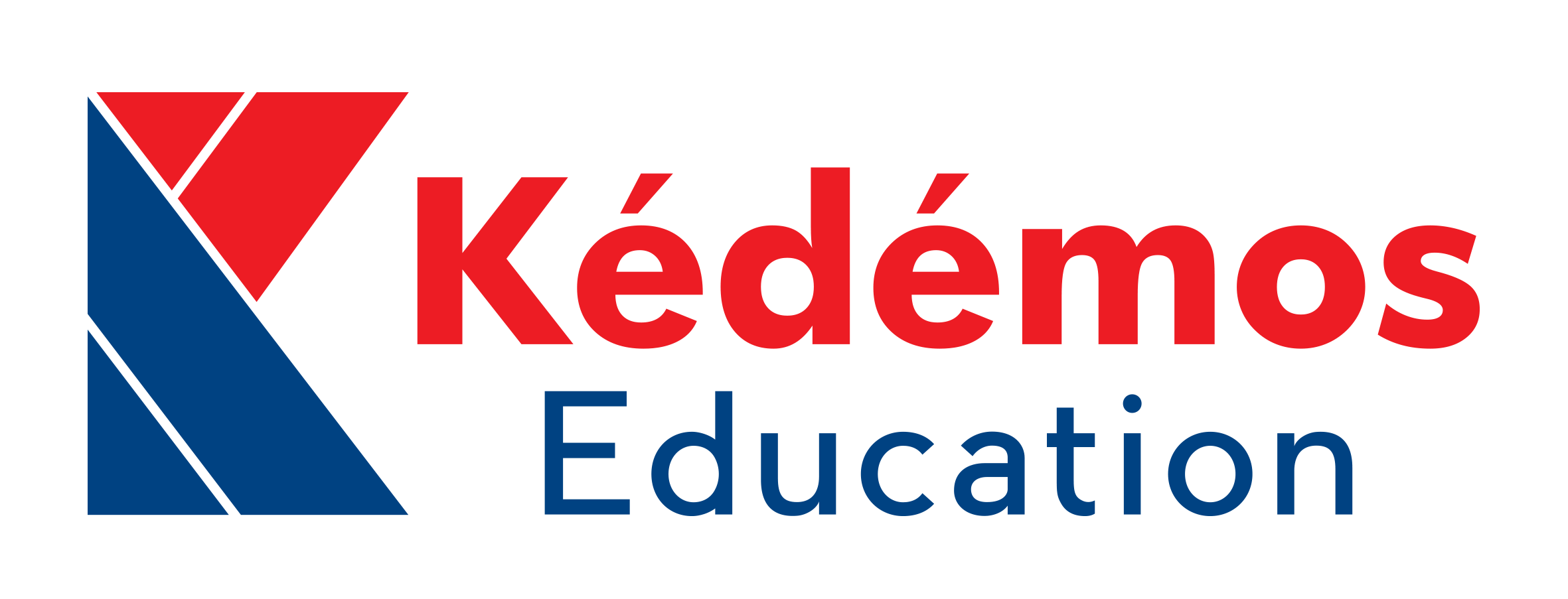You remember hearing those epic tales as a kid: the mighty Zeus ruling Mount Olympus. Brave Perseus battling the snake-haired Medusa. Or even cunning Odysseus on his long journey home. Myths! Those larger-than-life legends passed down through the ages that helped ancient cultures make sense of the world. Well, it turns out they’re still just as relevant today. Myths aren’t just fun fantasy stories; they’re rich with symbolism, morality, and cultural history perfect for sparking children’s imagination. So how are myths different from fairytales, and why are they so useful in the classroom?
Read on to find out how diving into the magical world of myths can bring learning to life for students. We’ll explore the key differences between myths and fairytales, look at ways educators have successfully incorporated myths into lessons across subjects, and help you start harnessing the power of myths right in your own classroom. Let the mythic adventures begin!
Differentiating Myths and Fairy Tales
Origin and Purpose
Myths and fairy tales are two types of folklore that often get confused, but there are key differences. Myths originate in ancient cultures and were created to explain natural phenomena, cultural variations, traditional tales or the origin of the world. These stories play an important part in the constitution of a culture or a country. Fairy tales were created mainly for entertainment and to teach children moral lessons. They usually involve talking animals, moving objects, and other magical elements. But they do not impact the history of a culture or a nation.
Fantastical Elements
While both myths and fairy tales contain magical elements, myths incorporate supernatural beings and fantastical creatures to serve a purpose, like explaining the origin of day and night through characters such as Apollo and Artemis. Fairy tales use fantasy purely for escapism and contain magical characters like fairies, elves, talking animals and witches. These stories often end with a life lesson.
Lessons and Symbolism: Mythology in the Classroom
Mythology often imparts cultural lessons and symbolism as they explain the origin of something meaningful to a society. The Greek myth of Sisyphus is a good example of how bad the punishment for treachery can be. On the other hand, fairy tales teach moral lessons and values to children, using fantasy and magic. For example, the Beast from Beauty and the Beast turns back into his human form once he understands the meaning of love.
The symbols and metaphors in both myths and fairy tales represent something significant. The lessons learned from myths are generally more accurate and realistic. They paint the truth of human nature, including its worst traits. A happy ending is thus never guaranteed. In fairy tales, the lessons learned are ideals and do not always fit in the reality of life. And a happy ending almost always ensues.
Fact or Fiction
Myths blur the lines between fact and fiction and were once believed to be true by the cultures that created them. Fairy tales are works of fiction, created by a storyteller to entertain and teach children lessons. While myths aim to explain the world, fairy tales aim to spark imagination.
Using myths and fairy tales in the classroom helps students understand cultural beliefs and values. Comparing them develops critical thinking as students analyze the differences in origin, purpose, symbolism and fantastical elements. Exposing students to folklore also nurtures creativity and a love of stories.
The Benefits of Teaching Mythology in the Classroom
Mythology provides a glimpse into how ancient cultures explained the world and explored deep human issues. Exposing children to myths in the classroom thus offers many benefits.
Learning Cultural Context
Myths reflect the values and beliefs of the cultures that created them. They somewhat shape today’s societies through the old folklore. And they eventually become part of a country’s History. By studying Greek mythology, for example, students gain insight into how ancient Greeks understood concepts like heroism, hubris, and the relationship between mortals and gods. Myths from around the world hence help build cultural literacy and understanding.
Exploring Timeless Themes through Mythology in the Classroom
While cultures change, the human experience remains largely the same. Myths often explore timeless themes like good vs. evil, love and loss, and the quest for meaning. Explaining such complicated concepts to children through stories will give them a better understanding of the world around them. It will also keep them curious and engaged. Consequently, discussing these relatable themes helps students connect with and understand both historical and modern cultures.
Improving Reading Comprehension
Mythology is full of engaging stories that capture students’ interest. Their fantastical and dramatic elements ignite children’s imagination while also improving reading comprehension skills like following plot, understanding metaphors, and identifying themes. Children can easily be distracted, especially when bored. To attract and retain their attention, what better way than to expose them to stories that are both entertaining and educational? It’s a great way for them to be more invested in the learning process!
Developing Critical Thinking through Mythology in the Classroom
Myths provide opportunities for critical analysis and interpretation. Students can thus discuss different characters’ motivations and choices or debate alternative meanings behind symbolic elements. These kinds of discussions strengthen critical thinking by encouraging students to consider multiple perspectives and form their own opinions.
By sharing myths from around the globe, educators open students’ minds to diverse cultures and beliefs. Myths also serve as a fun, creative way for children to grapple with complex ideas, strengthen their reading skills, and learn to think critically about the world. Overall, incorporating myths into the classroom leads to a well-rounded education and a lifelong love of learning.
Bringing Myths to Life: Creative Ways to Use Mythology in the Classroom
Myths are more than just fantastical stories – they provide a glimpse into the beliefs and values of ancient cultures. Sharing myths with your students is a great way to make history and literature come alive in the classroom.
Act It Out
Have your students pick a myth to dramatize and act out in front of the class. Assign roles for the major characters in the myth and have students improvise dialogue and actions. This activity helps students understand character motivations and reinforces reading comprehension. We recommend using one of our myth-based stories. Who knows? You might discover some hidden talents in your classroom!
Create a Storyboard of Myths in Your Classroom
Ask students to choose a pivotal scene from a myth and create a visual storyboard illustrating what happens. Have them depict the characters, setting, and action in a series of boxes, like a comic strip. This taps into students’ creativity and helps them visualize the events. It also gives them an opportunity to show their point of view on the subject. This, in turn, might spark interesting discussions among the children.
Debate the Issues
Myths often deal with complex topics like good vs. evil, life and death, and the nature of man. Have students debate these issues from the perspective of characters or themes in the myths. Set up a formal debate or discussion and have the children argue different sides, citing examples from the text to support their positions. This will help them think critically about the themes and apply them to our world today.
Write a New Ending
Challenge students to rewrite the ending of a myth. Have them explore how events might unfold differently if certain characters made alternative choices or if natural phenomena intervened. This activity gives students an opportunity to analyze the cause and effect in the story and to use their imagination to develop the narrative. Composing a new conclusion indeed requires an understanding of the key elements that shape the original tale.
Exploring mythology through creative activities makes the topic more engaging for students. Bringing myths to life in the classroom helps ensure your students will remember these timeless stories for years to come.
Conclusion
So there you have it: myths are more than just fanciful stories. They’re tales filled with symbolism that can teach us a lot about different cultures and belief systems. While fairy tales are mostly for entertainment and end on a moral of the story, myths have real educational value. Bringing myths into the classroom allows kids to gain insight into how ancient and modern societies viewed the world. The next time you read a myth with your child or student, take time to analyze the symbolism and discuss the cultural significance. They’ll gain a deeper appreciation for these classic tales, and you just might learn something new yourself. Rather than seeing myths as irrelevant relics of the past, recognize them as the insightful and culturally rich stories they are.








